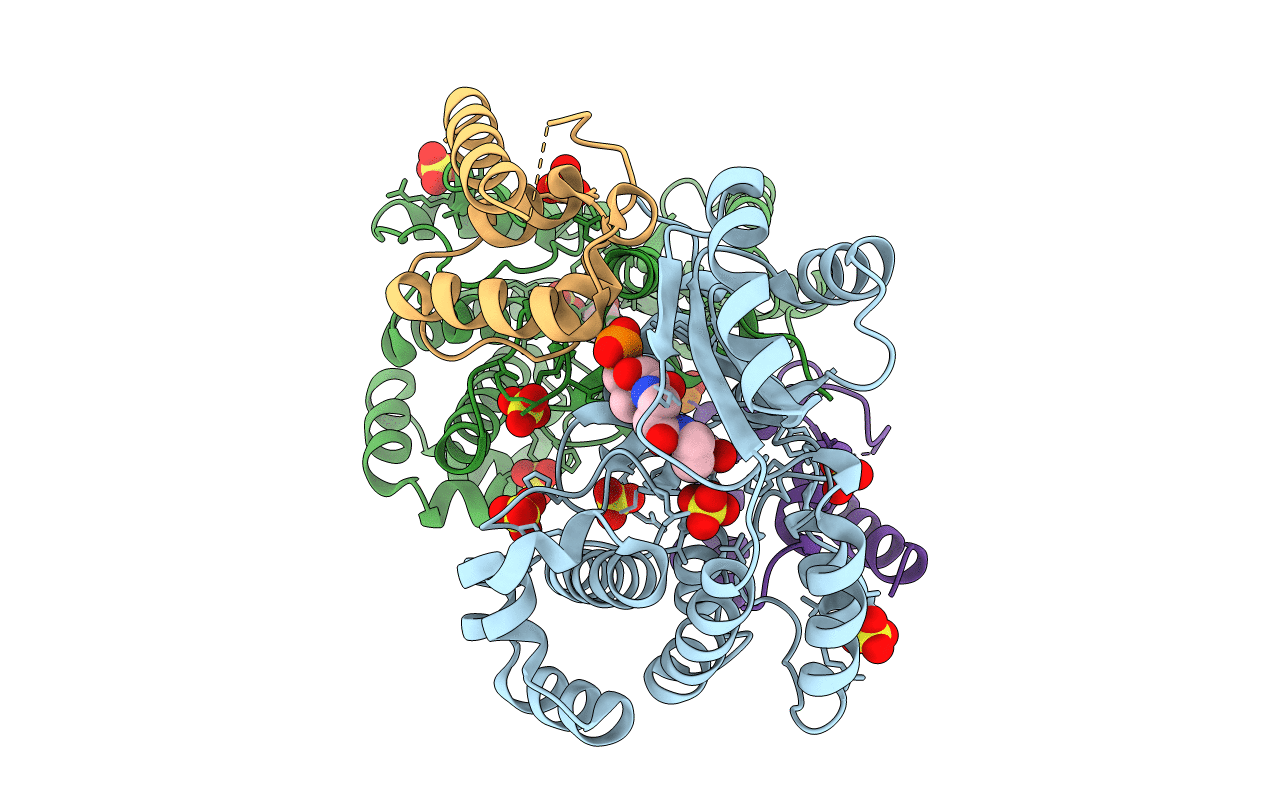
Deposition Date
2018-03-23
Release Date
2018-06-13
Last Version Date
2024-11-13
Entry Detail
PDB ID:
5ZK4
Keywords:
Title:
The structure of DSZS acyltransferase with carrier protein
Biological Source:
Source Organism:
Sorangium cellulosum (Taxon ID: 56)
Host Organism:
Method Details:
Experimental Method:
Resolution:
2.03 Å
R-Value Free:
0.22
R-Value Work:
0.18
R-Value Observed:
0.18
Space Group:
P 21 21 21


